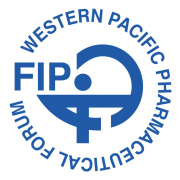The ABC of The PBAC – How Medicines Get on The PBS
28 September 2011
For medicines to be listed on the PBS, they must first receive a positive recommendation from the Pharmaceutical Benefits Advisory Committee to the Minister for Health, a process that many pharmacists are not familiar with.
Outgoing Chair of the PBAC, Emeritus Professor Lloyd Sansom AO of the University of South Australia, will help clear up any mysteries about the process in his presentation at PAC11.
“The PBAC is required to consider the cost, effectiveness and cost effectiveness compared to the therapy (drug and/or non drug) that the new medicine will replace in practice,” Professor Sansom says.
“The PBAC examines the incremental benefit of the medicines over its comparator and develops an incremental cost effectiveness ratio (ICER) expressed as a cost/quality adjusted Life Year (cost/QALY).
“The establishment of the ICER often requires the extrapolation of trial based outcomes into patient-relevant outcomes with subsequent uncertainty, for example extrapolation for a surrogate outcome. The use of a common outcome metric, that is QALY, enables comparison between diseases within an equitable framework.”
Professor Sansom says PBAC does not use a fixed ICER threshold for decision making, but also takes into account “less quantifiable” issues such as the severity of the disease, availability of alternatives and social values in making its recommendations.
For Full Content , please go to
The ABC of The PBAC – How Medicines Get on The PBS
